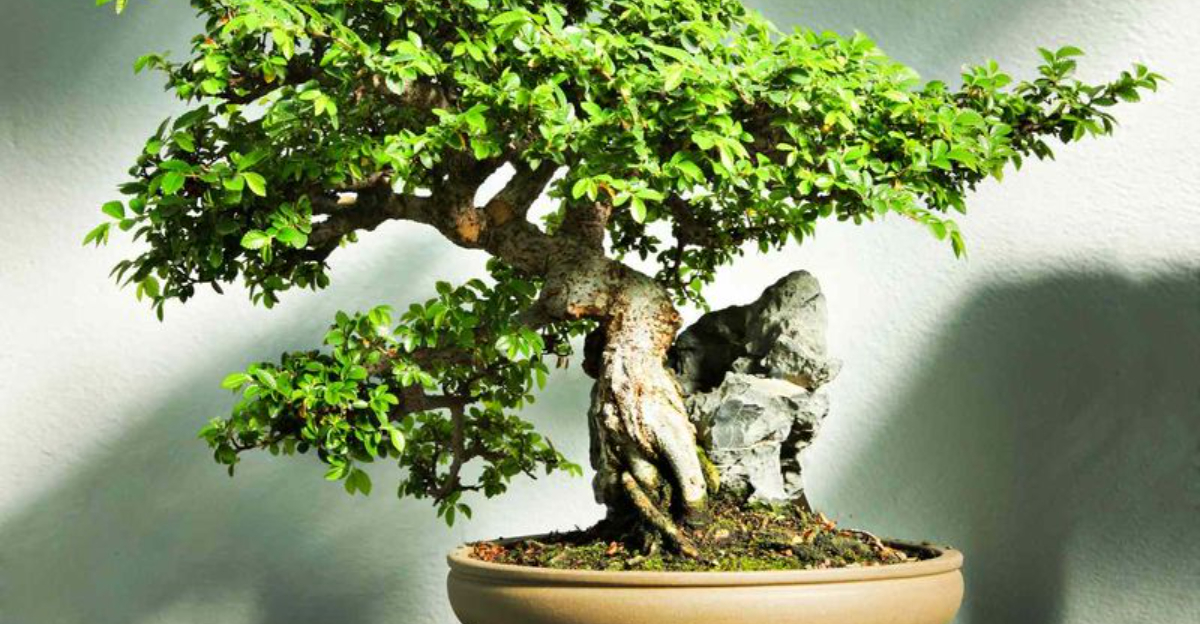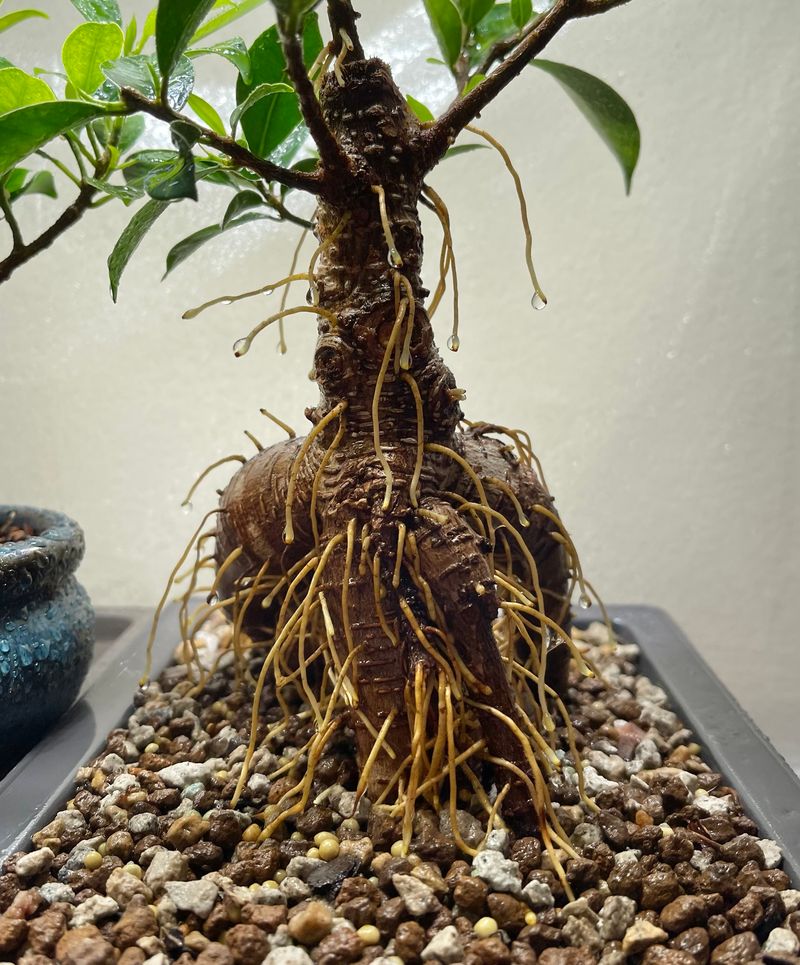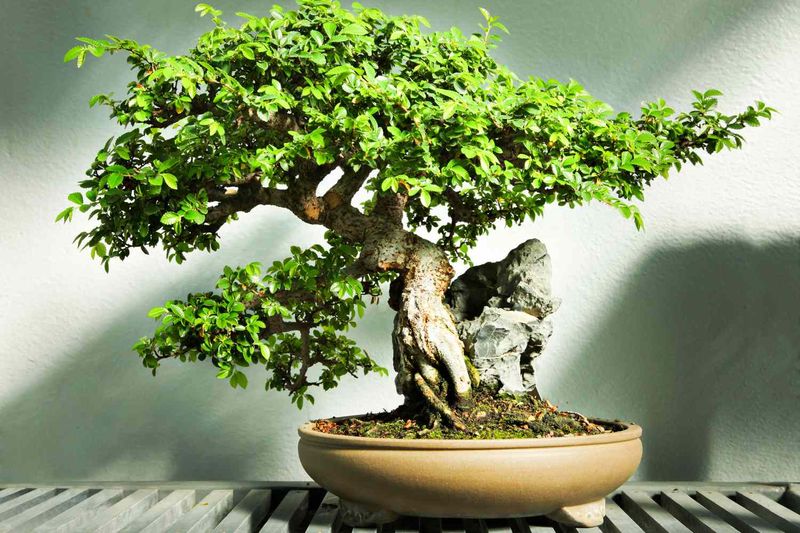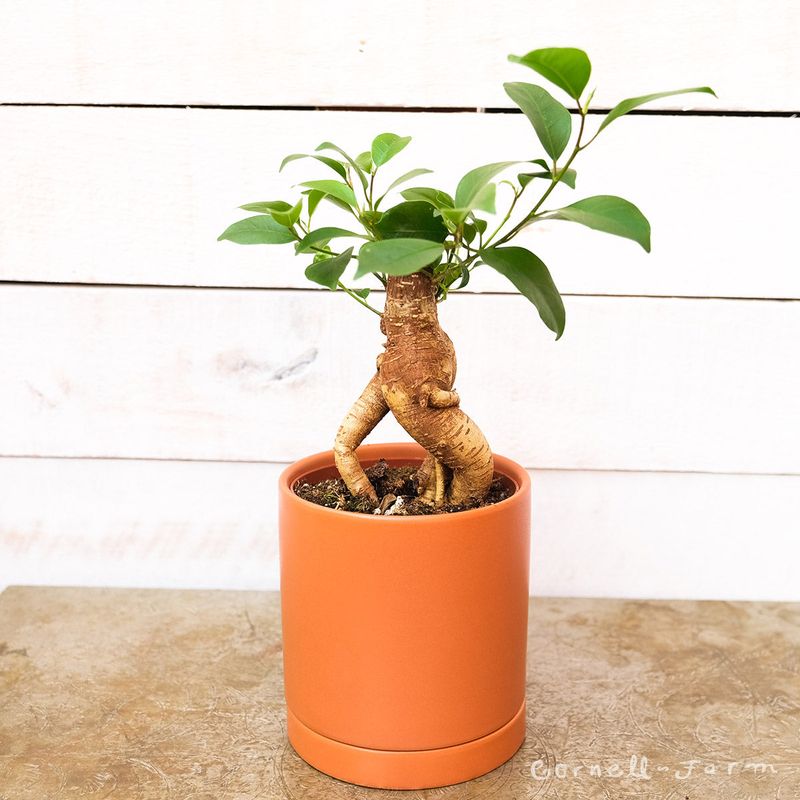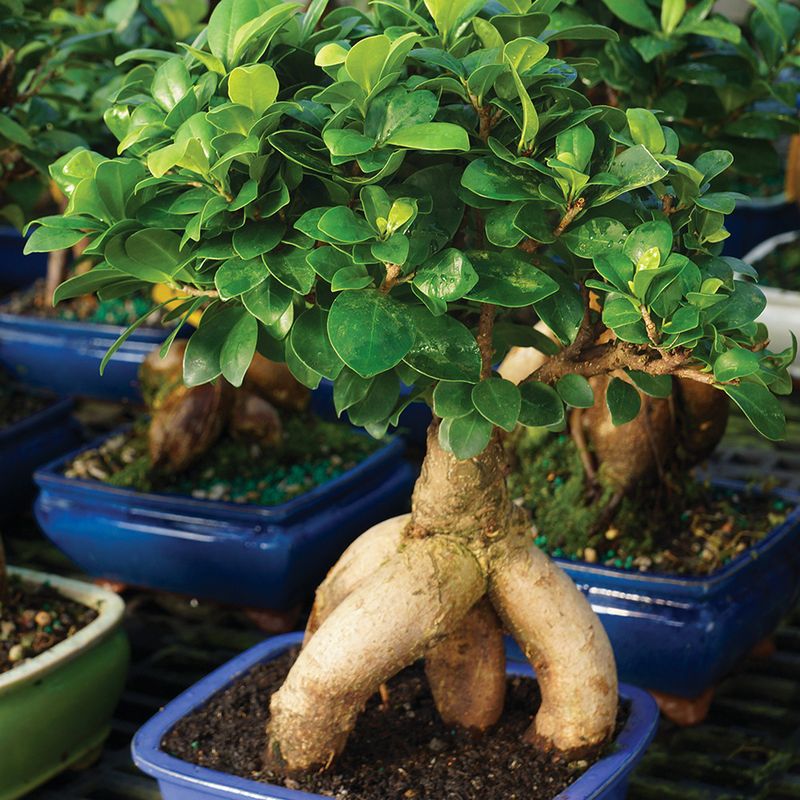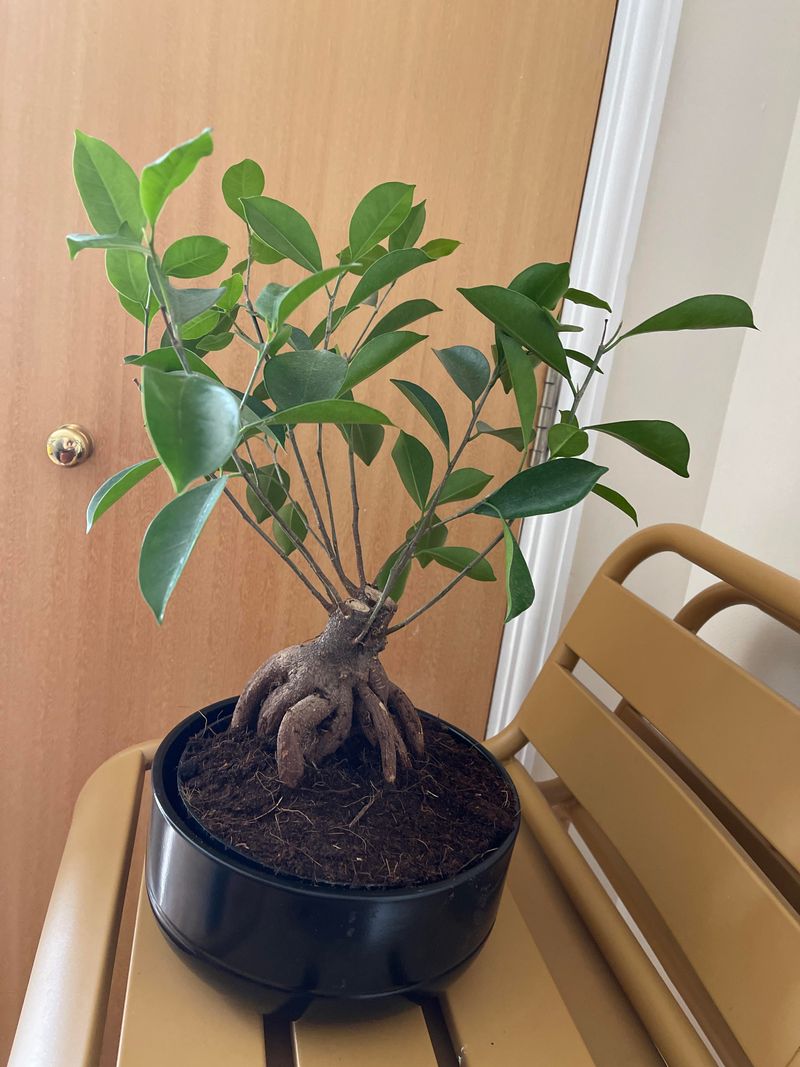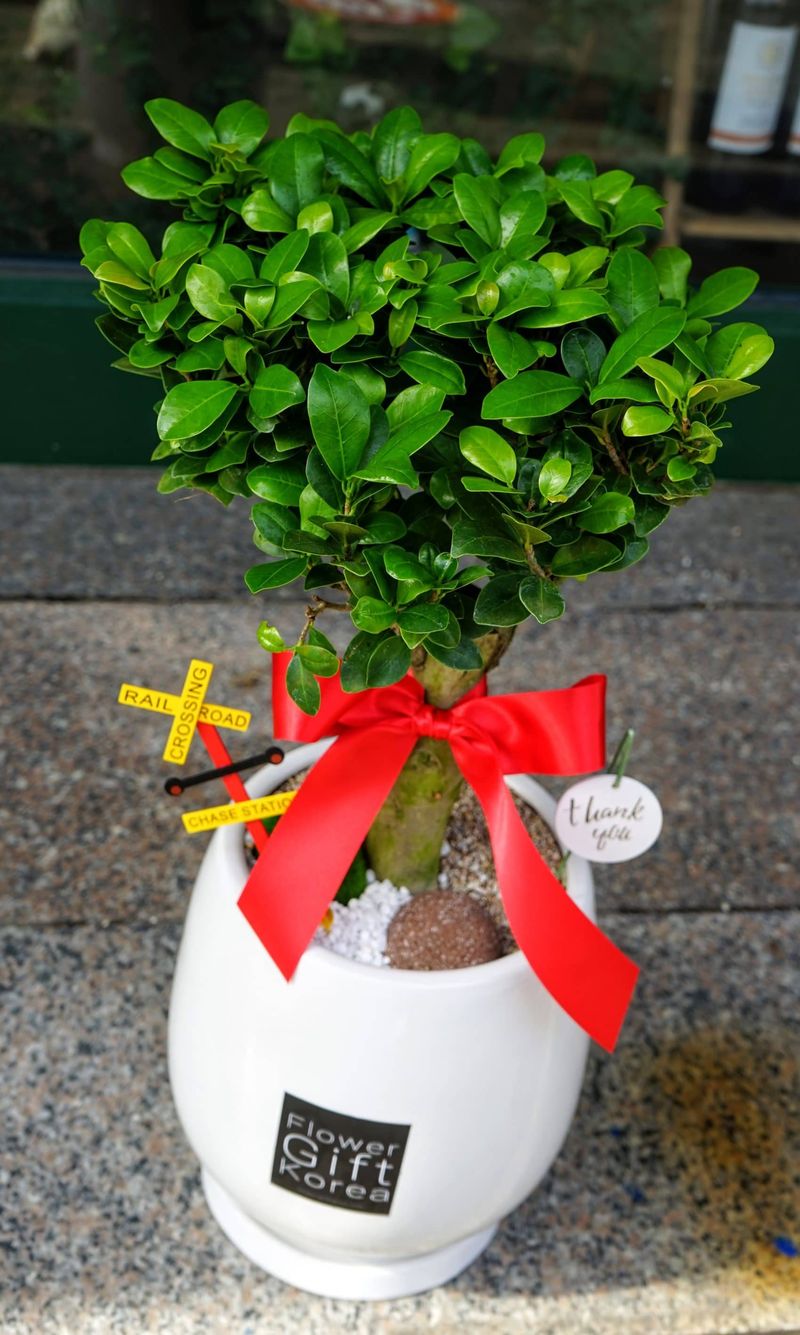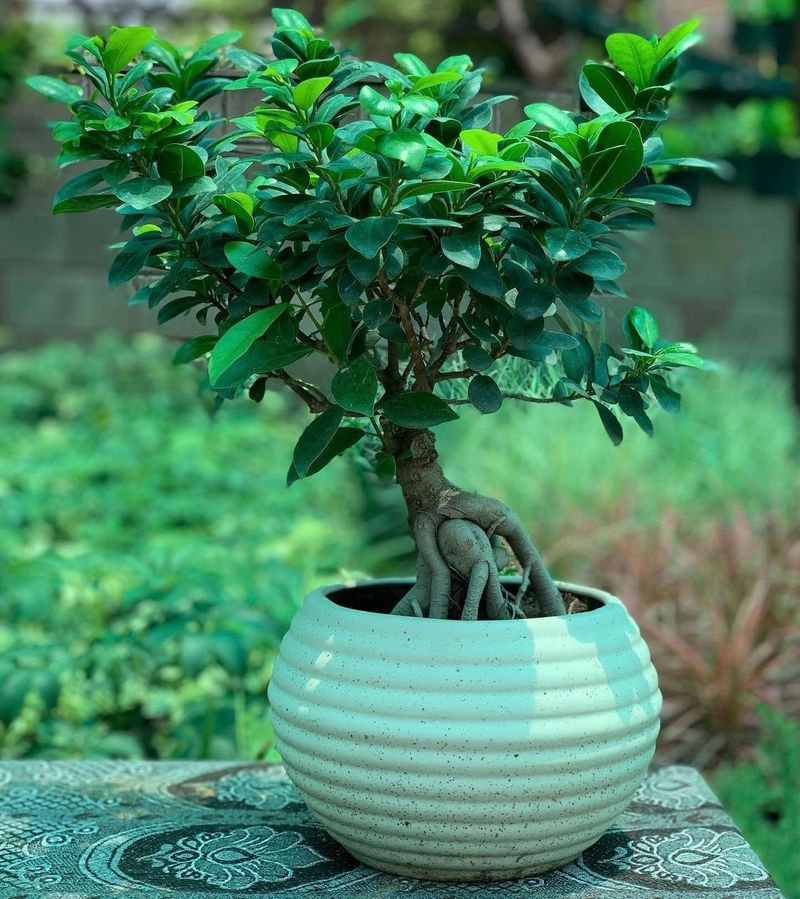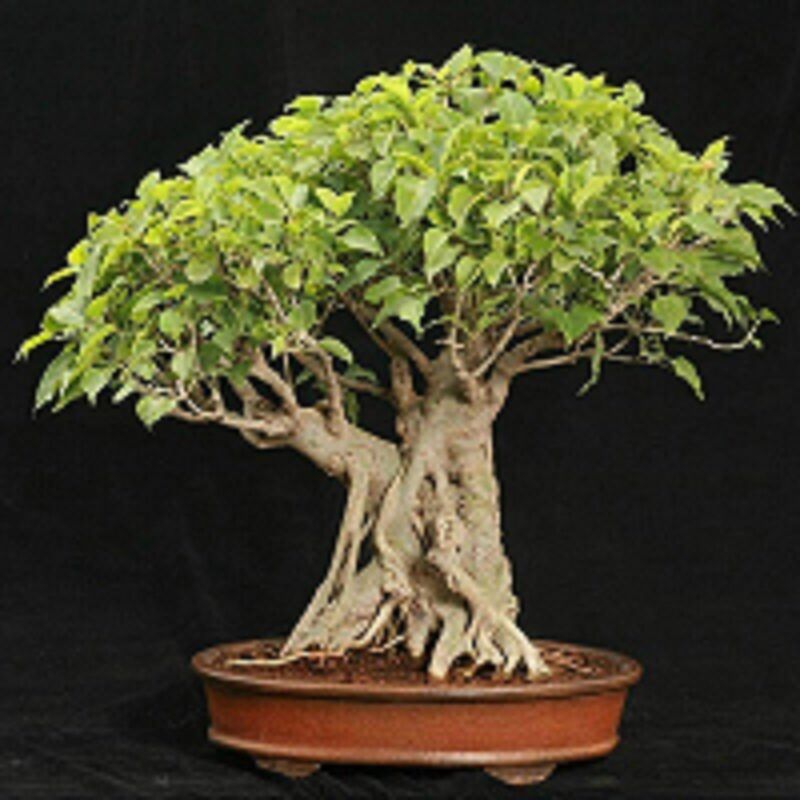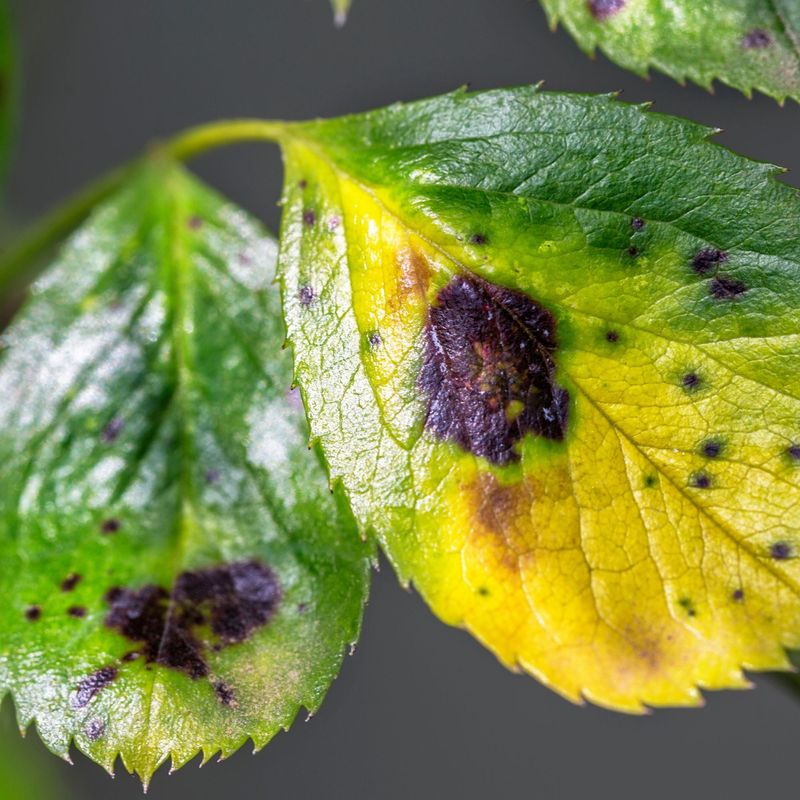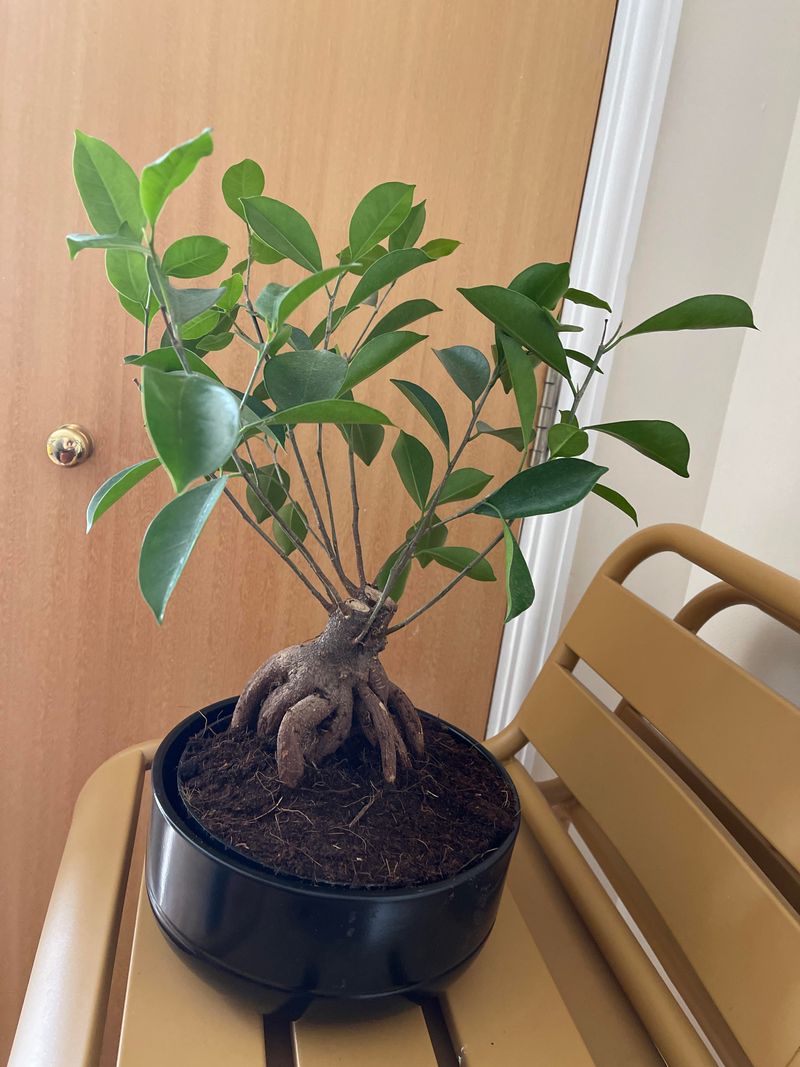Discover the fascinating world of Ficus Ginseng Bonsai, a perfect starter plant for anyone interested in the art of bonsai.
Known for its unique appearance and hardy nature, this plant is both beautiful and easy to care for.
In this blog post, we’ll explore ten surprising facts about Ficus Ginseng Bonsai, from its distinctive roots to its symbolic significance.
1. Unique Aerial Roots
Ficus ginseng bonsai boasts unique aerial roots that often grow above the soil, creating a miniature tree trunk effect. These roots are thick, gnarled, and visually striking. Many enthusiasts appreciate these roots for their sculptural quality.
As they extend above the soil, they provide an intriguing focal point. Over time, these roots can be shaped or pruned to enhance the tree’s overall appearance. This feature makes ficus ginseng a favorite for bonsai artists.
The roots are not just aesthetically pleasing but also contribute to the plant’s stability. They anchor the tree firmly into its pot.
2. Beginner-Friendly Bonsai
Ficus ginseng bonsai is a top choice for beginners due to its forgiving nature. Unlike other bonsai species, it’s hardy and adaptable. New bonsai enthusiasts find it easy to care for. This plant can tolerate occasional neglect.
It withstands varying light conditions and irregular watering. These traits make it resilient in many indoor environments. Beginners often succeed with ficus ginseng where other bonsai might fail.
Its adaptability allows for experimentation with styling and shaping. This makes it both an educational and enjoyable starting point. For those new to bonsai, it offers a rewarding experience.
3. Native Origins
Ficus ginseng originates from tropical regions in Asia, where warmth and humidity abound. This native environment shapes its adaptability. The plant thrives in conditions similar to its natural habitat.
As a result, it’s well-suited to warm, humid indoor environments. Understanding its origins can aid in providing optimal care. Replicating these conditions encourages healthy growth.
Enthusiasts can create a mini tropical oasis at home. This connection to its roots adds depth to the bonsai experience. Knowing its origins enhances appreciation for the plant’s resilience and beauty. It’s a reminder of the bond between plant and environment.
4. Indoor Adaptability
Ficus ginseng bonsai’s indoor adaptability is one of its most appealing traits. It thrives with adequate light and humidity. Unlike some bonsai, it tolerates lower light levels. This makes it suitable for various indoor settings.
With proper care, it flourishes in apartments and offices alike. Humidity trays or misting can enhance its growth. Ensuring adequate light exposure is crucial. Windowsills or well-lit rooms are ideal locations.
Its adaptability makes it a versatile addition to any space. This quality endears it to those with limited outdoor access. It brings a touch of nature into living spaces year-round.
5. Shape and Pruning
Pruning and shaping a ficus ginseng bonsai offers endless possibilities. Its responsive nature to trimming is a delight for enthusiasts. With patience, one can sculpt the canopy to fit artistic visions.
Regular pruning keeps the tree healthy and vibrant. It encourages new growth and maintains desired shapes. Creative shaping becomes a fulfilling hobby. This process enhances the connection between the gardener and plant.
It allows personal expression in a living form. The art of pruning becomes a meditative practice. This balance of creativity and care fosters a deeper appreciation for bonsai. It turns maintenance into an artistic endeavor.
6. Air Purifier
Beyond aesthetics, ficus ginseng bonsai may improve indoor air quality. Like many ficus species, it helps filter toxins. It enhances oxygen levels in the home. These benefits contribute to a healthier living environment.
It’s a natural air purifier, working silently in the background. This makes it a valuable addition to health-conscious homes. Its greenery also adds a refreshing touch to décor. Knowing it helps clean the air adds peace of mind.
This dual role of beauty and function enhances its appeal. It’s not just a plant but a partner in wellness. Its presence symbolizes health and vitality.
7. Moderate Water Requirements
Ficus ginseng bonsai appreciates consistent moisture but dislikes soggy roots. Proper watering is crucial to prevent root rot. Good drainage is key to its care. The plant thrives with a balanced watering schedule.
Allowing the soil to dry slightly encourages healthy growth. Overwatering can be detrimental, as can prolonged dryness. Observing its needs helps maintain its vitality. A well-draining soil mix supports this balance.
It’s a practice of attentive stewardship. Providing the right amount of water fosters resilience. This understanding builds confidence in bonsai care. It teaches patience and observation, rewarding careful attention.
8. Symbolic Significance
In various cultures, ficus plants symbolize health and prosperity. Ficus ginseng bonsai carries these positive connotations. It’s often given as a gift for good luck or new beginnings.
This symbolism adds a layer of meaning to its presence. Gifting a ficus bonsai conveys wishes for success and well-being. Its role as a living symbol reinforces personal connections.
It becomes more than a decorative piece. This cultural significance enriches its value. It can be a thoughtful gift for milestones or celebrations. Understanding its symbolism enhances appreciation. It’s a plant with a message, fostering goodwill and connection.
9. Minimal Pest Issues
Ficus ginseng bonsai generally faces minimal pest issues. While common indoor pests like spider mites may appear, they are rare with proper care. Its resilience makes infestations uncommon.
Regular inspection and maintenance prevent problems. Keeping the plant healthy deters pests naturally. If needed, gentle treatments can manage issues. Its low pest risk contributes to its beginner-friendly reputation.
It’s a plant that doesn’t demand constant vigilance. This ease of care is appealing to many. The plant’s ability to thrive with minimal interference is admirable. It allows focus on enjoyment rather than pest control.
10. Year-Round Growth
Unlike many bonsai, ficus ginseng doesn’t go fully dormant in winter. It maintains a steady growth pattern indoors. This continuous vitality is rewarding for enthusiasts. It offers year-round greenery, brightening spaces regardless of season.
Proper lighting and care keep it thriving. This trait distinguishes it from more temperamental species. Consistent growth provides ongoing opportunities for shaping and care.
It appeals to those seeking a lush, vibrant companion. Its ever-growing nature symbolizes life and renewal. This year-round presence enhances its role as a constant source of joy. It’s a plant that keeps giving throughout the year.
